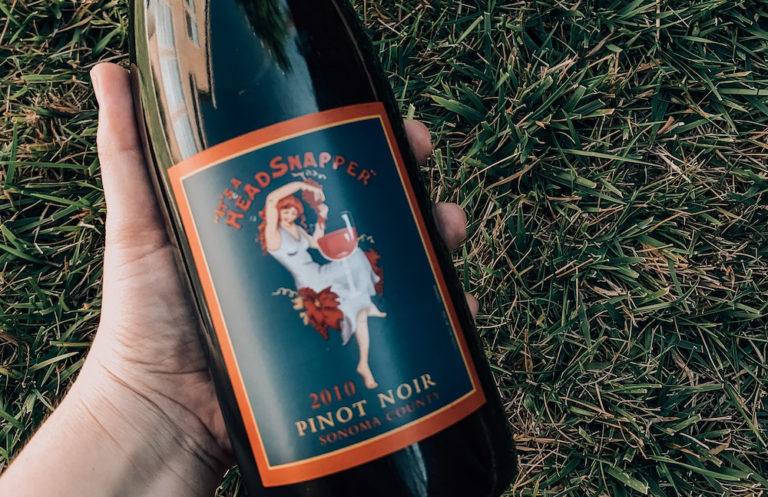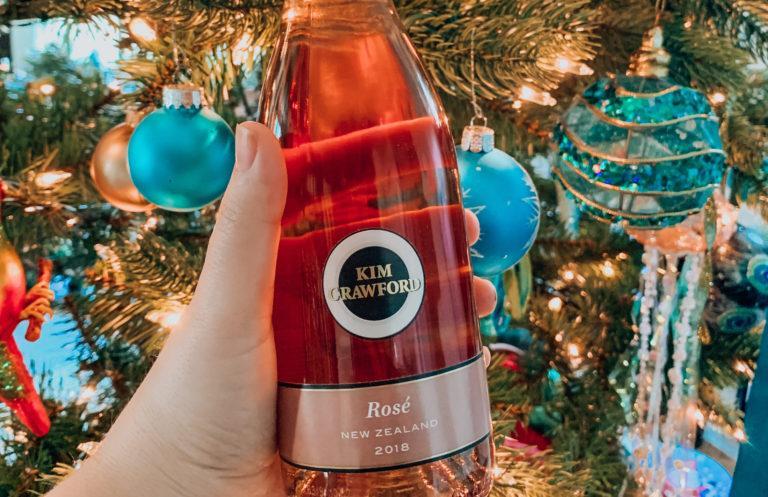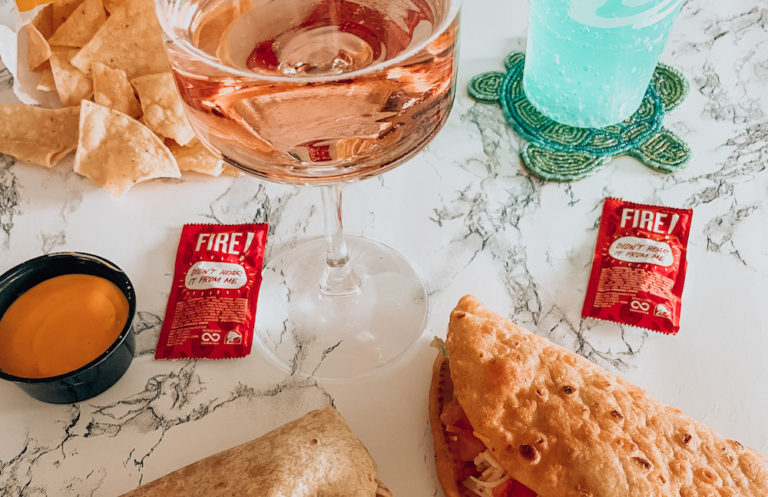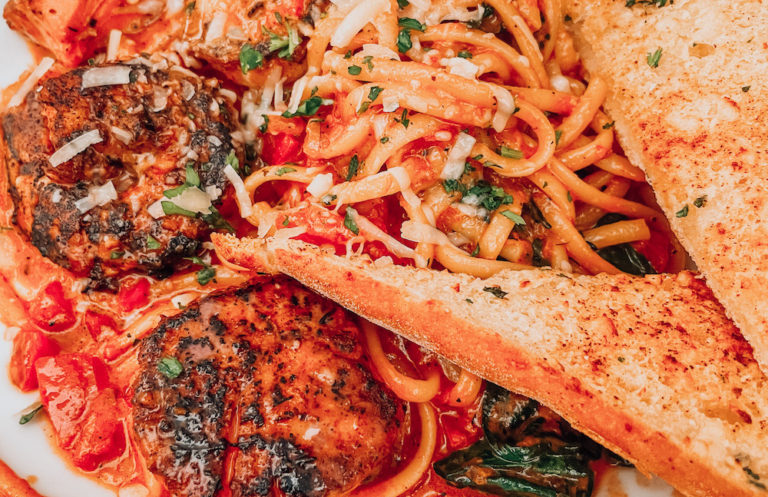Developing your wine palate is a difficult process. In fact, that’s probably what led you to this post. It’s going to take a lot of tasting to figure out what you like and dislike. In other words, practice makes improvement since there isn’t one person who can perfectly taste wine. Not even master sommeliers!
I was drinking extremely sweet wines when I turned 21. I didn’t really develop a taste for wine until I moved to Italy and it took me until I turned 23 to really enjoy all types of wines. It wasn’t until I was 25 where I could taste a wine and judge it on its objective quality even if the wine wasn’t my personal preference. Do I still hate Port? Yes. Can I tell an objectively good Port from an objectively bad one? Also yes.
Your wine palate will develop over time, but like any food or drink, you have to try new things until you find out what you like. There are a few guidelines you can follow that will predict what you will and won’t like, but ultimately it takes a lot of practice.

Pinpoint flavors you like.
The key is pinpointing flavors that you like. For example, I love fruit forward wines (as most millennials do), but I don’t particularly love wines with a meaty quality. That means I am going to try to avoid wines that taste like barn, animals, or leather. I don’t typically reach for Syrah and it makes sense because a lot of times, there is a meaty quality to it. Usually, the label on the back of the wine will let you know what flavors you’re going to taste.
On a sheet of paper, write down what you like in each of the tasting categories from my tasting post. For example, if you like dry white wines with high acidity, you might want to look into getting a white wine made in the Old World. Old World wines tend to have less fruity flavors, high acidity, and little to no sweetness. If none of that sounds pleasant to you, you might want to look into wines made in the New World. New World wines tend to be more fruit forward, have higher alcohol, and have less acidity.
Old World essentially means countries in Europe because they’ve been making wine for what seems like forever. New World means the wines are going to come from the United States, Australia, New Zealand, South Africa, etc. Keep note of this. It’s important!
The only way to get better at tasting and finding out what you like is practice. It took me a little more than 5 years, 30+ winery tours, and 3 certifications to get to the place I am now and I’m still learning and developing my palate every day. Note: I’m updating this post in the year of 2022 since knowledge and tastes change!
If you bring notes you have written about wines you have tried into your local wine shop, BevMo, liquor store, etc. the associates will be happy to help you by picking out wines that match your flavor preferences. Write down wines they suggest and keep track of wines that you try!
What does your tongue tell you?
We have five basic tastes: sweet, sour, salty, bitter, and umami. Umami is another way to describe savory. Since we all have different taste buds, we all will like different wines. My wine palate will be way different than yours and vice versa.
For example, I prefer salty foods over sweet foods, but I do not like bitter things such as coffee or beer. Wine-wise that means I will choose a glass of dry wine over a glass of sweet wine. I tend to steer clear of bold reds, but that doesn’t mean I won’t enjoy a glass of bold red. I just prefer Pinot Noir or Sangiovese over Cabernet Sauvignon. I LOVE sour candy and citrus fruits, so I do not mind having high acidity in wines I drink. I can’t detect volatile acidity on my palate because of how much I love sour things. Again, it all depends on your taste buds.
The key is to figure out what level of each of the basic tastes you like and go from there. If you like sweet, how much? Would you be able to drink an entire glass of sweet wine without needing food? These are the type of questions you should ask yourself before purchasing wine to try. Don’t be afraid to write your answers down and bring them to the store. I promise you that people bring weirder things into stores besides wine notes.

How do I try wine without purchasing an entire bottle?
The best way to try wine without purchasing an entire bottle is to go to wine tastings. Wineries have wine tastings, but if you don’t live in an area with wineries, you could go to local wine bars or stores that specialize in alcoholic beverages (BevMo, Whole Foods, and Total Wine & More come to mind). Check their websites to see when they do tastings. Some places offer wine tasting classes so you learn how to taste wine.
There are subscription services that send you four to five glasses of wine per month for you to try. Some by-the-glass subscription services include Vinebox and Usual Wines.
Another way to try more wines is to research cheap wines that taste good. I’m talking about $4 to $8 wines, so you don’t feel bad if you don’t like it and have to throw it out. Trader Joe’s has affordable wines and some of them are really good. If it’s still there, grab the Mbali. It’s a $5 Vigonier/Chenin Blanc blend from South Africa. It’s so good.
A fun activity to try is a hosting a wine night with friends. Invite however many friends to your house for wine tasting and a discussion, movie, or board games (pretty much anything that sounds fun). Have each of your friends bring a bottle of their choosing. They can bring something that they really enjoy drinking or they can bring a wine within the range of a budget you set such as $10-$20. Not only does trying different wines help you develop your wine palate, but you get to have fun with friends in the process. At the end, you all should compare notes on what you tasted and smelled in each glass. For a fun twist, wrap each of the bottles in aluminum foil or a paper bag, label them with numbers, and do a blind tasting.
Are reviews helpful?
Yes and no. Everyone’s wine palate is different, so if you purchase a wine based off of reviews, you might be in for an unpleasant surprise. Just because an expert gives a wine 93 points, doesn’t necessarily mean that it’ll taste like 93 points to you. I learned the hard way when I bought a Cabernet Sauvignon knowing that I don’t like Cabernet Sauvignon just because it was expert rated. What was rated 90 points by experts was about 50 points to me (or 5 stars out of 10 because the wine point system is just too complicated).
Look for reviews where people say things like “I usually love Zinfandel, but this Zin was not good and here’s why.” If you usually love Zinfandel as well, then maybe you should steer clear of that particular wine. I love the reviews where people explain what their palate is and why they liked the wine. That makes it easier for me to compare my palate to theirs and make an educated guess on whether I’m going to like that particular wine or not.
In conclusion, PRACTICE!
The biggest tip I have (and I keep repeating) is to practice, practice, PRACTICE! It’s the only way you’re going to develop and train your palate. I think at this point in my life, I’ve tried over 500 wines and to wine professionals, that’s not even considered a lot!








